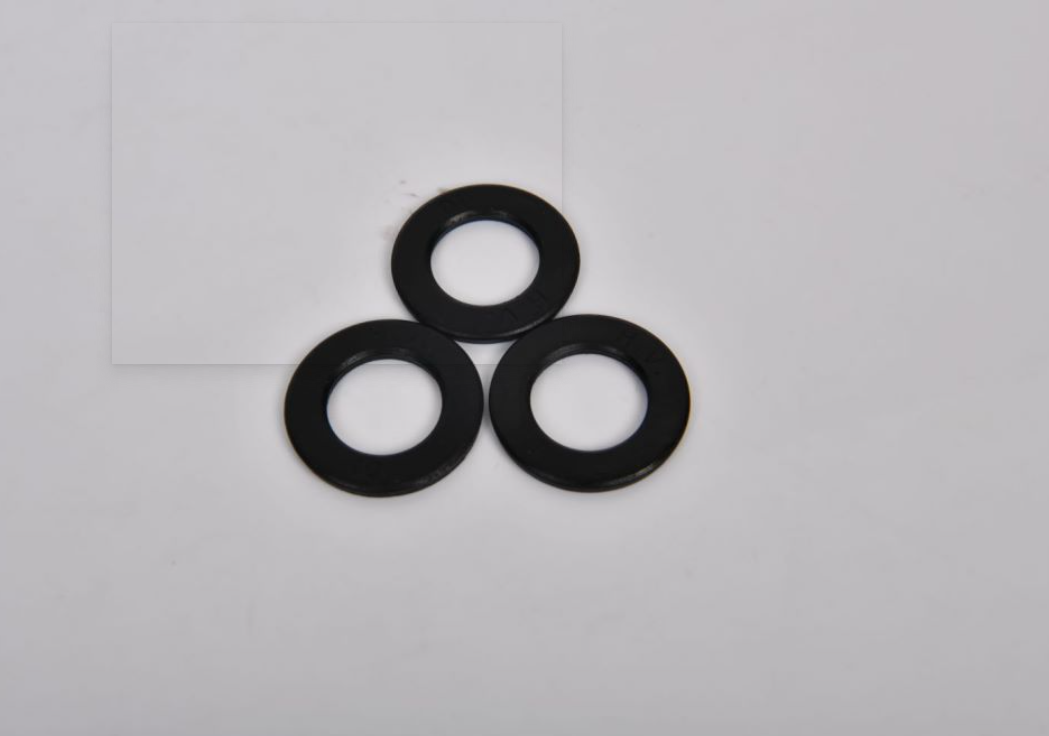Standard Metric Flat Washer Dimensions for Various Applications and Manufacturers
Understanding Standard Metric Flat Washer Dimensions
Flat washers are essential components in various mechanical assemblies, providing support, load distribution, and preventing damage to surfaces during fastening. As industries continue to globalize, standard metric flat washer dimensions play a pivotal role in ensuring compatibility and efficiency in manufacturing and assembly processes. This article delves into the significance, dimensions, and applications of standard metric flat washers.
What is a Flat Washer?
A flat washer is a disk-shaped piece of hardware, typically made of metallic material, that serves several purposes. It is used between a nut and the surface of an assembly or between a screw and the surface. The primary functions include distributing the load of the fastener, preventing damage to surfaces, and increasing the friction between the surfaces to prevent loosening due to vibration.
Importance of Standard Metric Dimensions
The adoption of standard metric dimensions for flat washers is crucial in various sectors, including automotive, aerospace, construction, and machinery manufacturing. Utilizing standardized measurements ensures that components are interchangeable, which is vital for maintenance and repair processes. This standardization simplifies the inventory management of fasteners and related hardware, as manufacturers can stock a limited range of sizes that meet the common requirements across multiple applications.
Dimensions of Standard Metric Flat Washers
Standard metric flat washers are defined by several key dimensions, including
1. Inner Diameter (ID) This is the hole in the center of the washer, allowing fasteners (like bolts and screws) to pass through. The ID must match the diameter of the fasteners to ensure a secure fit.
2. Outer Diameter (OD) This is the total diameter of the washer. It determines how much surface area the washer will cover, impacting the load distribution. A larger OD provides a greater area of contact, which can be beneficial in preventing surface damage.
standard metric flat washer dimensions manufacturer

3. Thickness (T) This dimension influences the washer's load-bearing capacity. Thicker washers can support heavier loads but may also add to the overall height of the assembly.
4. Material While this is not a dimension, the material of the washer affects its strength, corrosion resistance, and application suitability. Common materials include stainless steel, carbon steel, and various alloys, each chosen based on application requirements.
Standard Metric Washer Sizes
The most common standard metric washer sizes are generally defined according to ISO 8765. For instance, some typical dimensions include
- M5 Washer 5mm ID, 10mm OD, 1mm thickness - M6 Washer 6mm ID, 12mm OD, 1mm thickness - M8 Washer 8mm ID, 16mm OD, 1.5mm thickness - M10 Washer 10mm ID, 20mm OD, 2mm thickness - M12 Washer 12mm ID, 24mm OD, 2.5mm thickness
These standardized sizes ensure that any metric fastener used can accommodate the appropriate washer, streamlining design and manufacturing processes.
Applications
Standard metric flat washers find applications across numerous industries. In automotive engineering, they are used to secure components like engine mounts and suspension parts. In the construction industry, they play crucial roles in assembling structural frames and securing roofing materials. In the machinery sector, flat washers contribute to the stability of moving parts, helping to prevent wear and tear due to friction.
Conclusion
In conclusion, understanding standard metric flat washer dimensions is crucial for professionals in various industries. These washers play significant roles in ensuring the reliability and durability of mechanical assemblies. By adhering to standardized dimensions, manufacturers can enhance compatibility, simplify inventory management, and improve overall efficiency in production processes. As technology evolves and industries advance, the role of flat washers and their dimensions will remain pivotal in shaping the future of mechanical engineering.
-
Top Choices for Plasterboard FixingNewsDec.26,2024
-
The Versatility of Specialty WashersNewsDec.26,2024
-
Secure Your ProjectsNewsDec.26,2024
-
Essential Screws for Chipboard Flooring ProjectsNewsDec.26,2024
-
Choosing the Right Drywall ScrewsNewsDec.26,2024
-
Black Phosphate Screws for Superior PerformanceNewsDec.26,2024
-
The Versatile Choice of Nylon Flat Washers for Your NeedsNewsDec.18,2024










